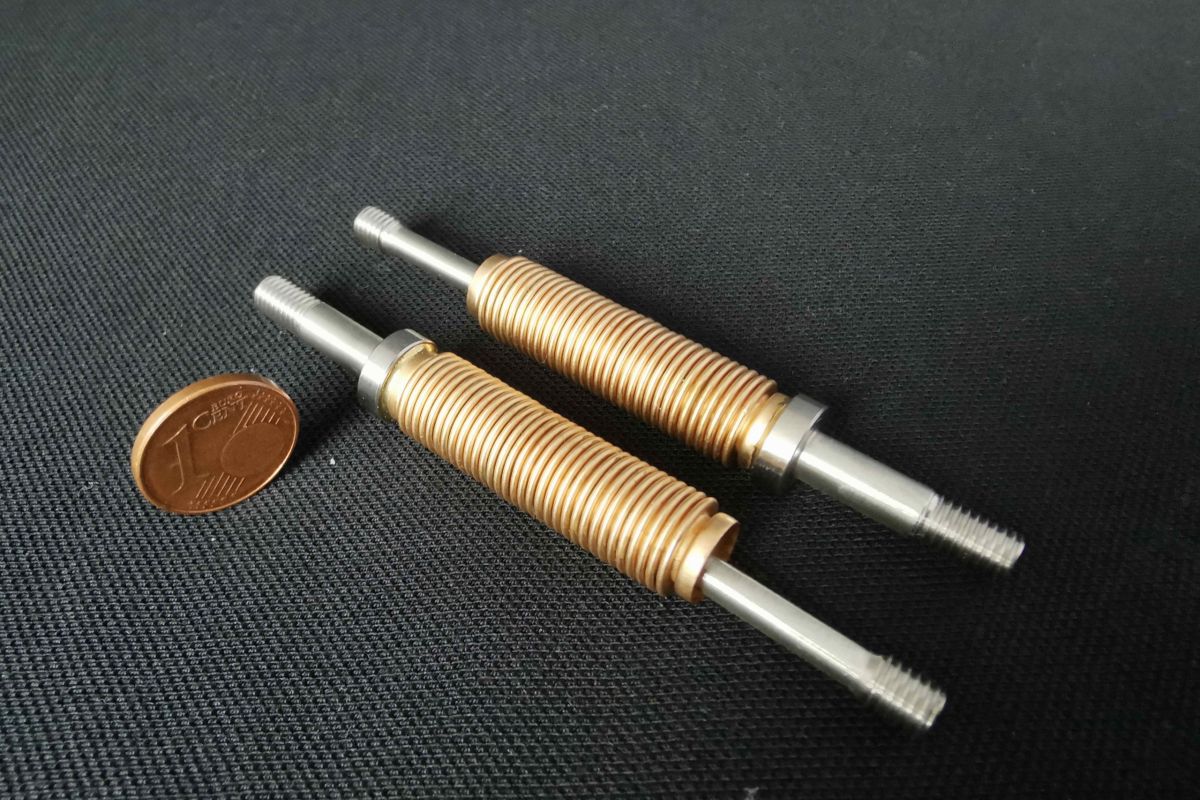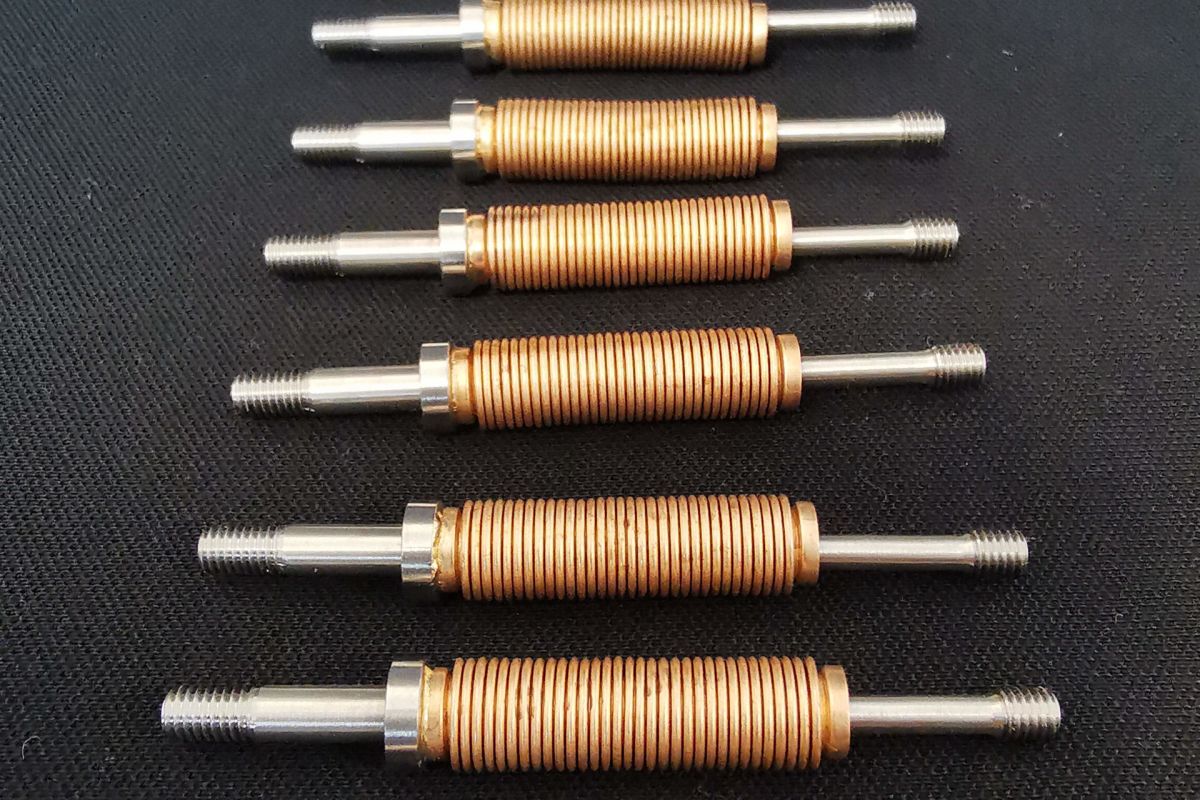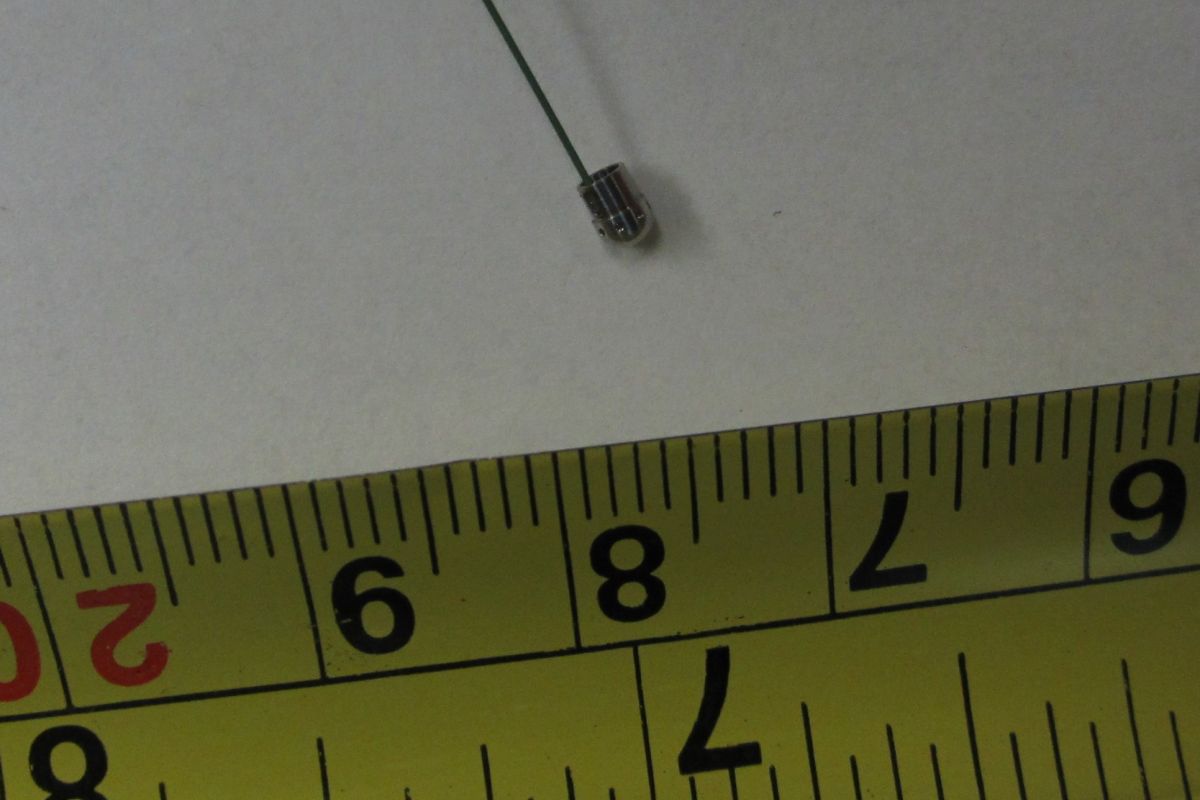Laser brazing
In laser brazing, as in conventional brazing, only the filler metal is melted and liquefied. The base material, on the other hand, is merely heated by the laser beam (without liquefying). The solder is deposited on the heated base material / flows into the joint gap and ensures a material-to-material bond between the two joining partners. The advantage of laser brazing is the low heat range, which can be precisely controlled. The time-consuming heating of the entire component can be reduced to the actual joining point. This opens up completely new perspectives.
The technique of laser brazing makes it possible to produce a wide variety of material pairings. Materials that cannot (or can no longer) be welded due to their widely differing melting points can be joined by means of laser brazing. For example, molybdenum and gold, copper and aluminum, or tantalum and aluminum.
A distinction is made between laser brazing (melting temperature above 450°C) and laser soldering (melting temperature below 450°C).
Which variant of laser brazing is used depends on the requirements in the respective project.
What is laser brazing?
Laser brazing is one of the joining processes.
It is a pinpoint and reduced heating of the solder joint. There is no need to heat the entire component over a large area to the required brazing temperature.
The high-energy and well-focusable laser beam makes it possible to produce a high-quality solder joint.
Work examples laser brazing:

Bellows made of copper
Steel pin brazed to copper bellows.
Wall thickness = 0.1 mm.

Series production in the field of laser brazing
Precision work using a specially developed laser process.

Wire rope hoists, medical technology
Internal wire rope hoists for the control of endoscope tips in large-scale production. Laser brazing in a range of 0.03 mm.
The advantages of laser brazing:
Non-contact joining process with good accessibility and positioning of components.
The high-energy and very well focusable laser beam enables pinpoint heat control.
The brazing process can be interrupted at any time and resumed without qualitative restrictions. Thus, re-brazing or repair brazing is possible without great effort.
Extensive heating of the entire components is reduced to the actual brazing point. Warpage of the components can thus be partially avoided.
Where metals cannot (or can no longer) be welded, laser brazing can still achieve a great deal. Material pairings such as molybdenum and gold, copper and aluminum, or tantalum and aluminum can be joined by material bonding.
Similar to welding, materials form a strong, high-quality bond in laser brazing.
Due to the good control of the laser process, the brazing temperature can be controlled very precisely.
Clean and smooth structures are produced, which hardly require any post-processing. This leads to a reduction in the number of steps in the manufacturing process.
Due to a high degree of automation, exact reproducibility is possible.
Application areas of laser brazing:
Measurement & control
For example.
- Bellows made of copper can be brazed to a base body made of CrNi (1.4404).
- Brazing of load cells made of tantalum.
Medical technology
For example:
- Cable pulls (t=0.07 mm) in surgical equipment are brazed.
Microsystems technology
For example:
- Brazing of micro blades.